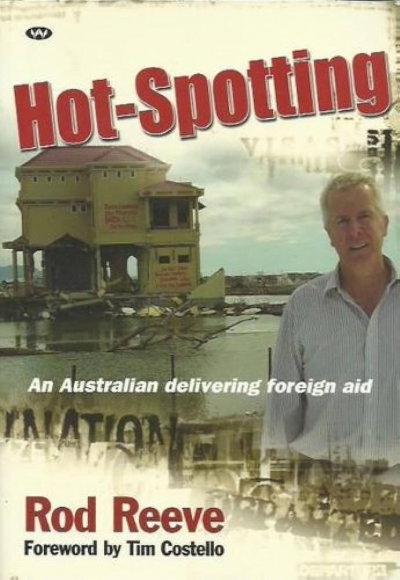I learnt today, while being read Ken Bolton’s poetry aloud by a friend (a native South Australian), that Hindley rhymes with ‘kind’ and not with ‘wind’. My friend spontaneously started reading to me and couldn’t stop. It runs on, this K.B. speaking voice: compulsive, South Australian, poetic, paranoid, poignant, funny. One way of describing the experience of reading Bolton is that you feel like you are an outsider, looking in at the window, nose pressed against the glass, and inside are all the poet’s friends: children, loved musos, long-term waitresses, artists, favourite poet-heroes. But then K.B. tells you that he is the perpetual outsider, too, solipsistic, meditative. My friend chose, almost randomly, the poem ‘Mostly Hindley Street’, with its wide lines rolled out across the page – in turn witty, desultory, intertextual, local and cosmopolitan – each daring you to take them too seriously, to miss the flipness, daring you to take K.B. seriously, as poet, or person. He might be just like his references (he suggests) – that old prig Thomas Gray, for one, who ‘never spoke out’:
...
(read more)










